In today’s world, we’re all constantly striving to capture the perfect moment-whether it’s the ideal photo, the seamless video, or a flawless portrayal of life on social media. We follow the algorithm’s lead, though few truly understand what’s happening behind the lines of code. Every week, there seems to be a new “hack” for better engagement. But the reality is, much of what we see online is simply a manipulation of pixels-tiny dots of light on a screen, usually held in your hand.
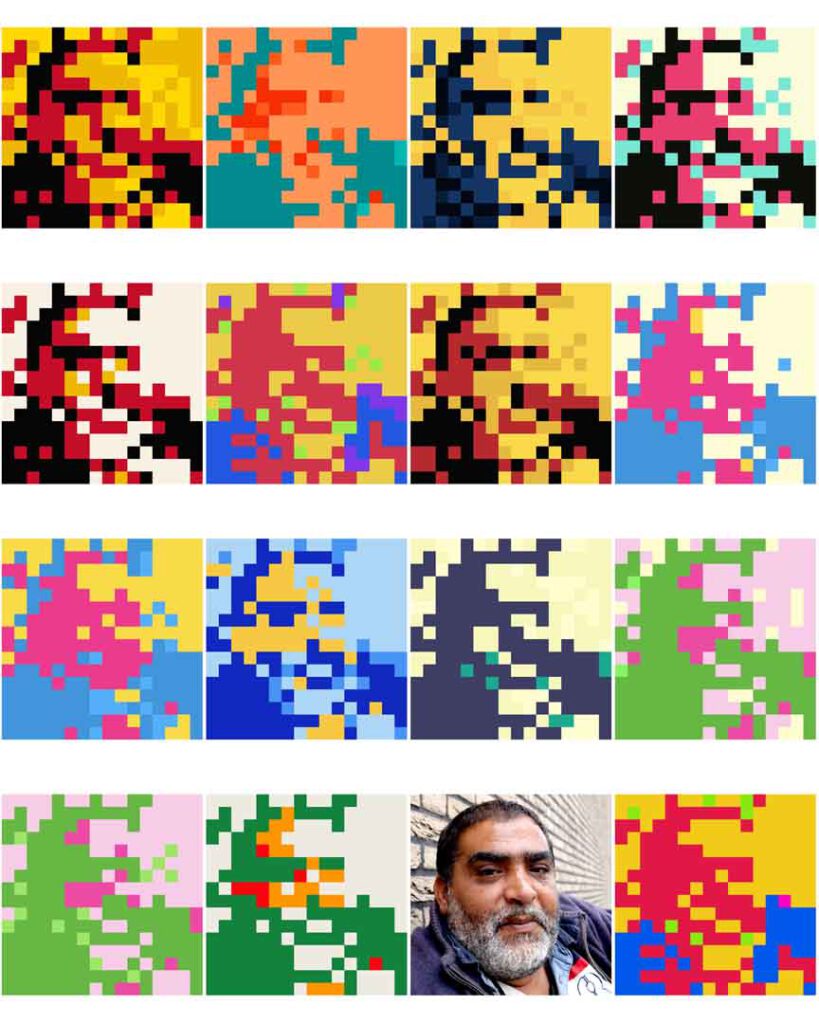
We are all learning, consciously or not, how to manipulate LED displays and code to present something that may not exist in reality at all. The digital world feels incredibly real at times, but when we dig deeper-whether it’s into the code behind an image or the lived experience of people on the margins-things aren’t always as they seem. Have you ever met a celebrity or influencer in real life and been struck by how they seem less extraordinary, more… human?
This curiosity led me to embark on a project using a 32×32 LED matrix, driven by a microcontroller, to display photos of individuals experiencing homelessness. I converted the photos into pixelated representations using MicroPython, distilling the images into their most basic form-just light and code. Before this project, I didn’t know how to code, so I joined a local meet-up, which took place in a public library (OBA)-a refuge for many vulnerable people. I was there to learn, they were there to survive the winter.
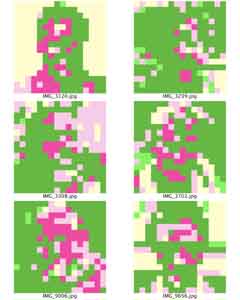
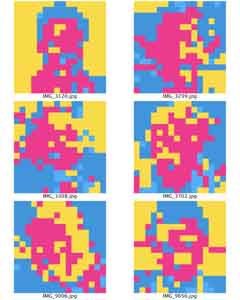
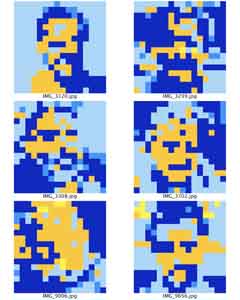
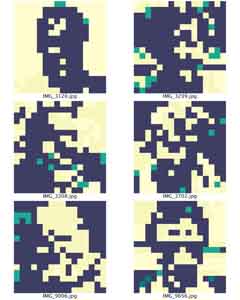
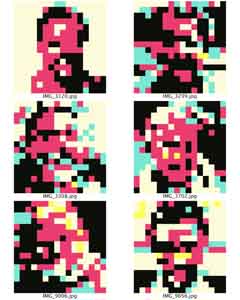
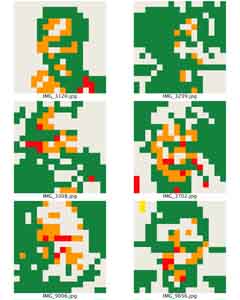
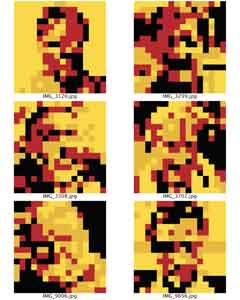
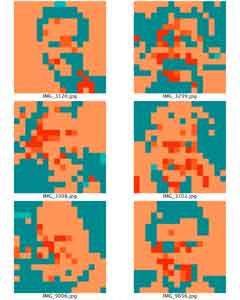
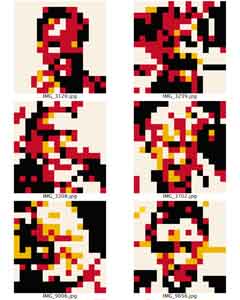
The result was striking. Up close, the images on the LED matrix were abstract, fragmented, and almost unrecognisable. It was only when you stepped back, creating distance, that the form became clear and the image came into focus. This mirrors how we often interact with vulnerable people: when we’re too close, we lose sight of the full picture, distracted by details or biases. From a distance, things make more sense, but we remain detached from the raw truth.
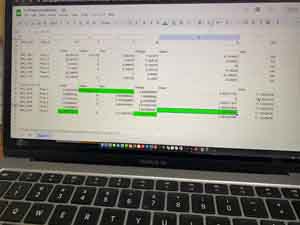
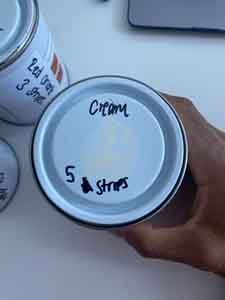
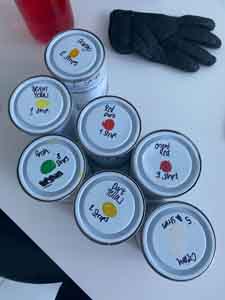
As much as I love the challenge of digital work and learning Python, there’s something about working with physical materials that resonates deeply with me. The tactility-the ability to touch, feel, and even smell the materials I work with-brings a layer of reality that I find essential. Whether it’s carving wood, welding, or painting, I need that physical connection. It’s not that the LEDs aren’t real, but there’s a traditionalist inside me that craves something more tangible.
With that in mind and. given the harshness of the conditions which are being explored, we extend the LED matrix project beyond the digital realm. Instead of LED pixels, we replaced them with strips of painted wood, each meticulously cut down into 10×10 cm squares to match the LED grid. The result is a physical manifestation of what was once digital: a series of coloured wood squares in place of LEDs, bringing the abstract images to life in a tactile form.
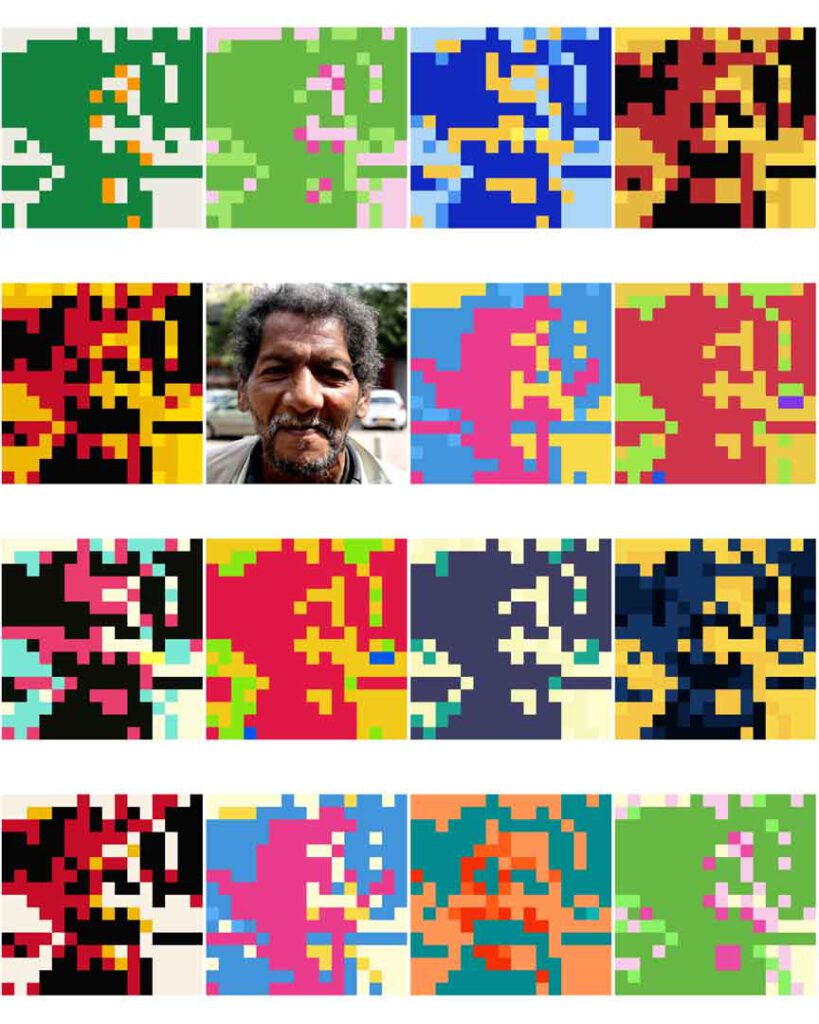
Though the work is complete and ready for exhibition, it hasn’t yet been displayed. And so, oddly enough, all I have for now are the digital ideas and the memory of the physical creation, waiting for the world to see it in its tangible form.